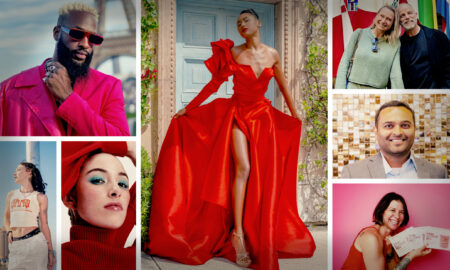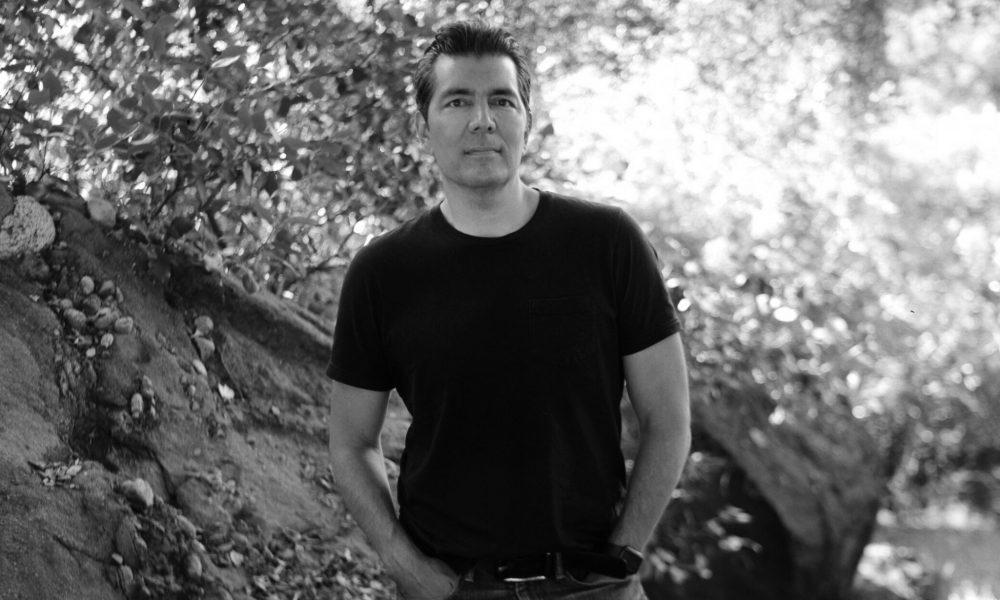

Today we’d like to introduce you to John S. Couch.
Alright, so thank you so much for sharing your story and insight with our readers. To kick things off, can you tell us a bit about how you got started?
I am an artist, designer, and writer. I consult for entertainment and tech companies (Hulu, Amazon Prime Video, and various AI companies), but my focus has always been on the creative process. I wrote The Art of Creative Rebellion, and I regularly give speeches, podcasts, and webinars about its core concepts, and I mentor young talent.
I have also just finished writing an adaptation for an animated feature script based on Ken Liu’s Hugo award-winning “Mono no aware” short story that is going out next month.
Additionally, I am currently working on a major contemporary art exhibition that combines influences from traditional handmade Japanese crafts to robotics and AI for MASSMoCA that will debut in 2026. My recent art exhibitions are Mushin and Chuushin.
I have a fiction novel coming out in Q1 of 2024 called Ecru Trabant and have published a sci-fi novel called LUMINAL.
I’m sure it wasn’t obstacle-free, but would you say the journey has been fairly smooth so far?
I don’t think life is a smooth road for anyone. I had the usual struggles as a young man — what’s the meaning of anything? What should I be doing with my life? How can I follow my passions while also paying the rent and buying food? We all have these challenges, I believe.
The important thing is to focus on the creative act. The “art” is in the process, not the end result. That means you need to be completely present while making something — the end result is just a memory of the process of creating.
I’ve found that if you make authentic work (whatever that is for you), then people will respond. But you can’t rely on the approval of others for your endeavors; the first audience is you.
Like most creative types, I struggled with self-doubt, moments of depression, and abject anxiety when I was making a decision that could affect not only myself but those who relied on me. But then I realized that radical acceptance of the situation I was in, of myself, was necessary. Rather than focusing on the negative aspects of myself or the environment, I became solution-focused and changed my mindset to “What could go right?”
I also adopted a “Zen-Stoic” mindset (which fits my own Japanese-American biculturalism) and truly embraced the impermanence of life. Not in an existential fashion but in a manner of gratitude for what is, what I have, rather than what I lack.
As you know, we’re big fans of you and your work. For our readers who might not be as familiar what can you tell them about what you do?
I’m a polymath or a multi-hyphenate, as they say. At a macro level, I consider everything I do as art. Under the umbrella of art, I create in various media: digital, AI, painting, illustration, sculpture, product design, novels, non-fiction books, and screenplays. I don’t think that as a creative person, I should be constrained by labels or stereotypes – every media should be used to express universal truths.
We all specialize depending on context. For example, during my day job I’m a design and product leader, but when I talk to my daughter, I’m a father, and when I talk to my wife, I’m a husband. Various aspects of self are expressed that are relevant to the situation. However, at core there is the essential Self. And for me, that self is expressed through the early morning writing I do before work and the artwork I do in the evenings.
The exhibition I’m working on for MASSMoCA (in 2026) is something I’m proud of as I believe art (and all endeavors, ideally) should be meaningful. For that exhibition, I’m working with traditional craftspeople in Japan to help build large installations. It’s a way of exposing and recontextualizing their work in a contemporary art setting. For me, culture dies when it’s not exposed to the larger world. And many traditional artisans in Japan are in their 80’s and 90’s, and there is no heir to continue their traditions. I’m doing my small part to help that situation.
In the end, the creation I’m most proud of is my family – my amazing wife and daughter, both of whom I regularly collaborate creatively with.
Where we are in life is often partly because of others. Who/what else deserves credit for how your story turned out?
As a young man, I searched for mentors but never found any. Most of the advice and influence I gathered came from dead people in books. Consequently, I realized I had to become a mentor and found that I was able to help myself by helping others. Because of this, I was able to build a strong creative and collaborative culture in most companies I worked in. I think the product design team at Hulu that I led (2016-2021) was exemplary of the kind of environment I wanted to work in myself.
Contact Info:
- Website: https://www.john-couch.com
- Instagram: @shadow.and.sun.art
- Facebook: https://www.facebook.com/john.couch
- Linkedin: https://www.linkedin.com/in/johncouch/
- Twitter: @titaniumsky
- Other: https://galvanizestudios.com
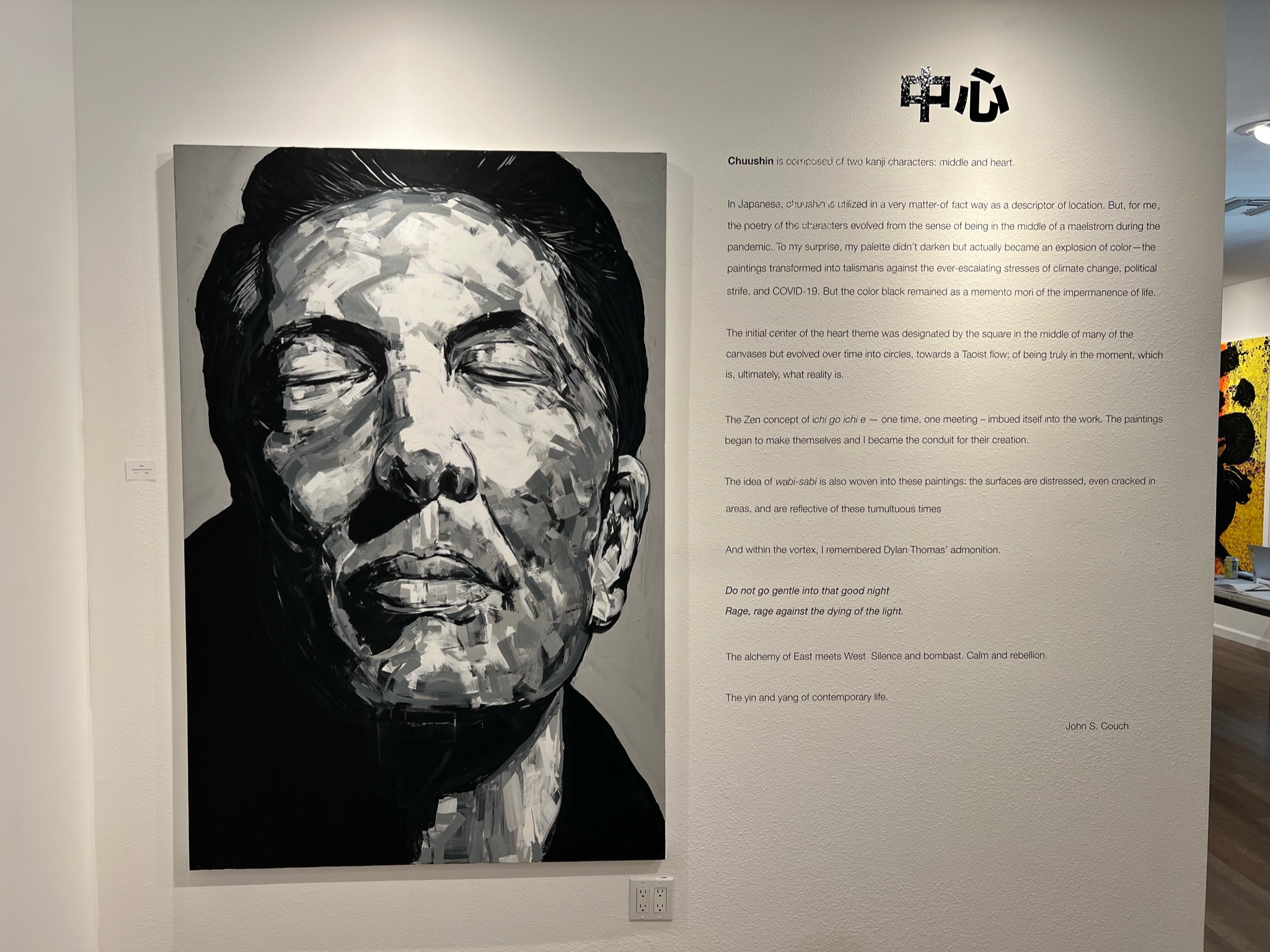
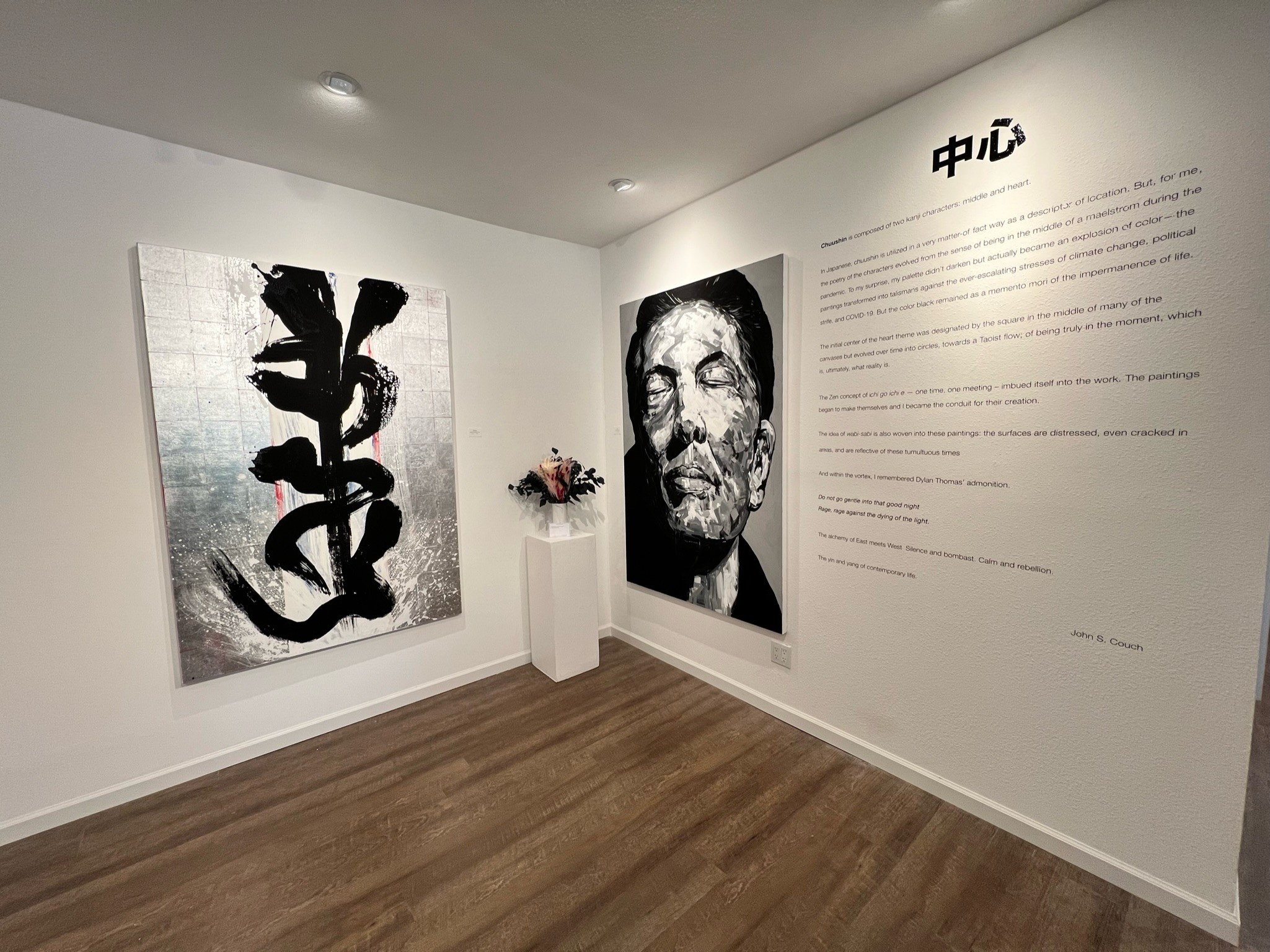
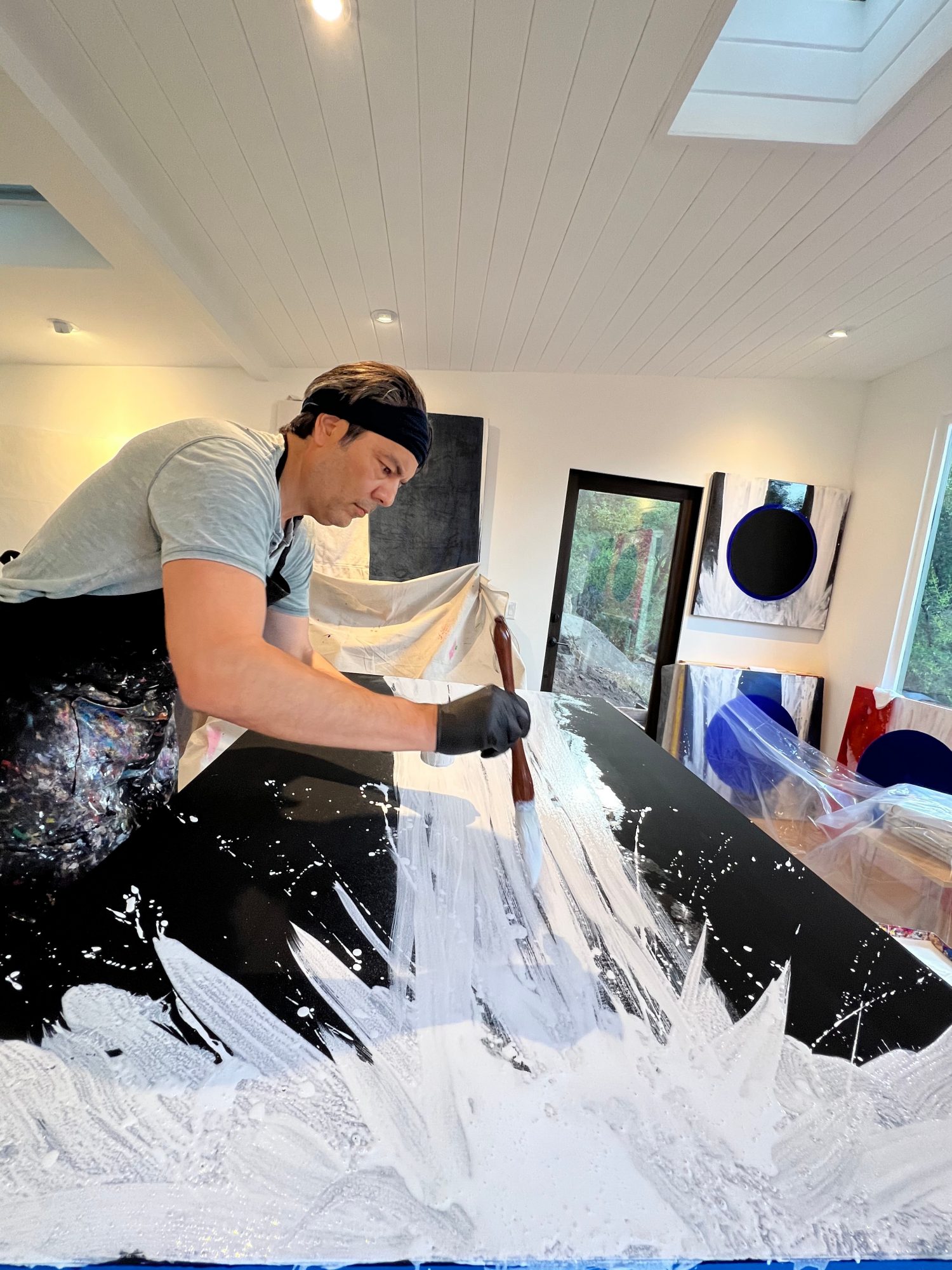
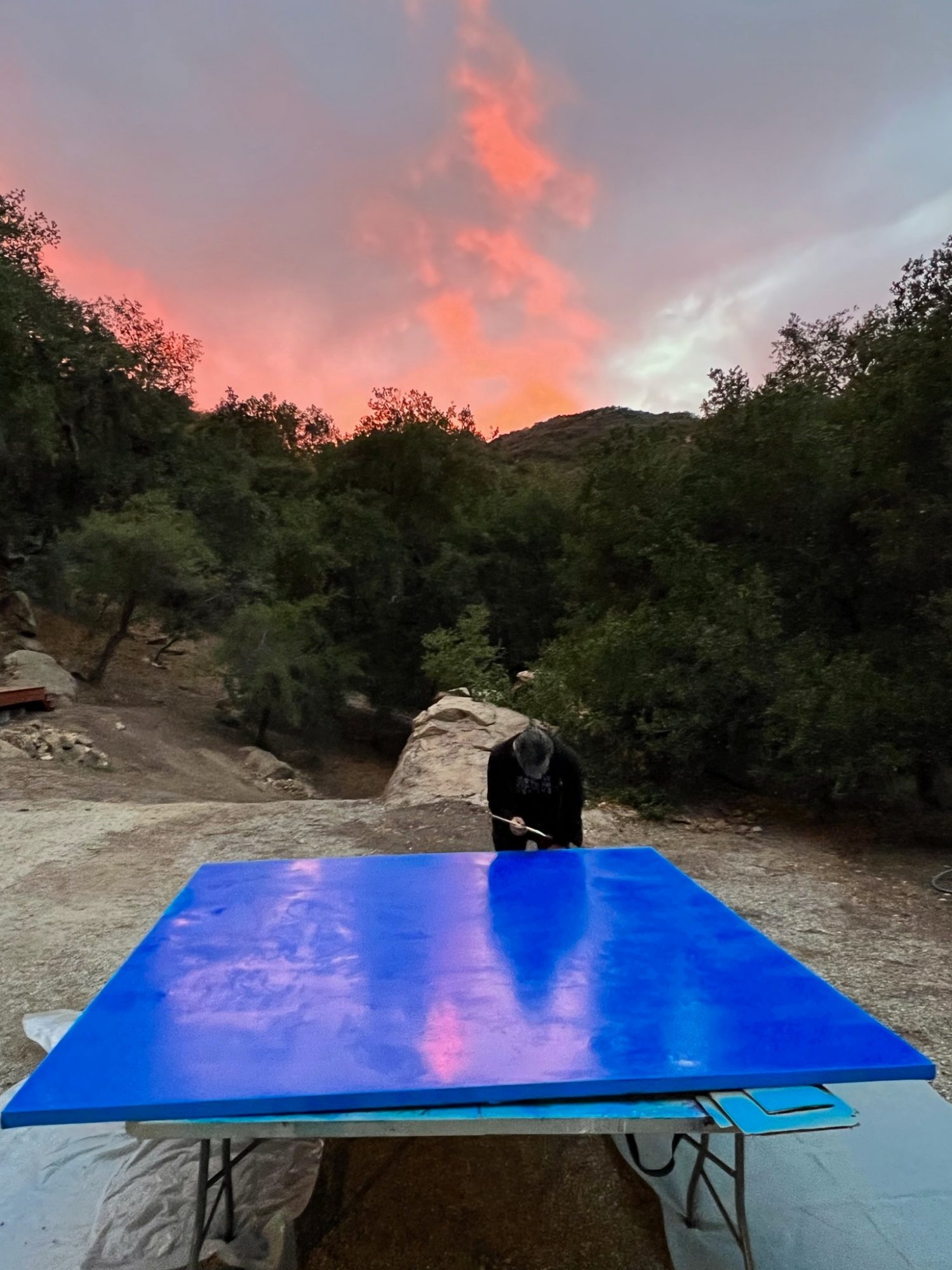
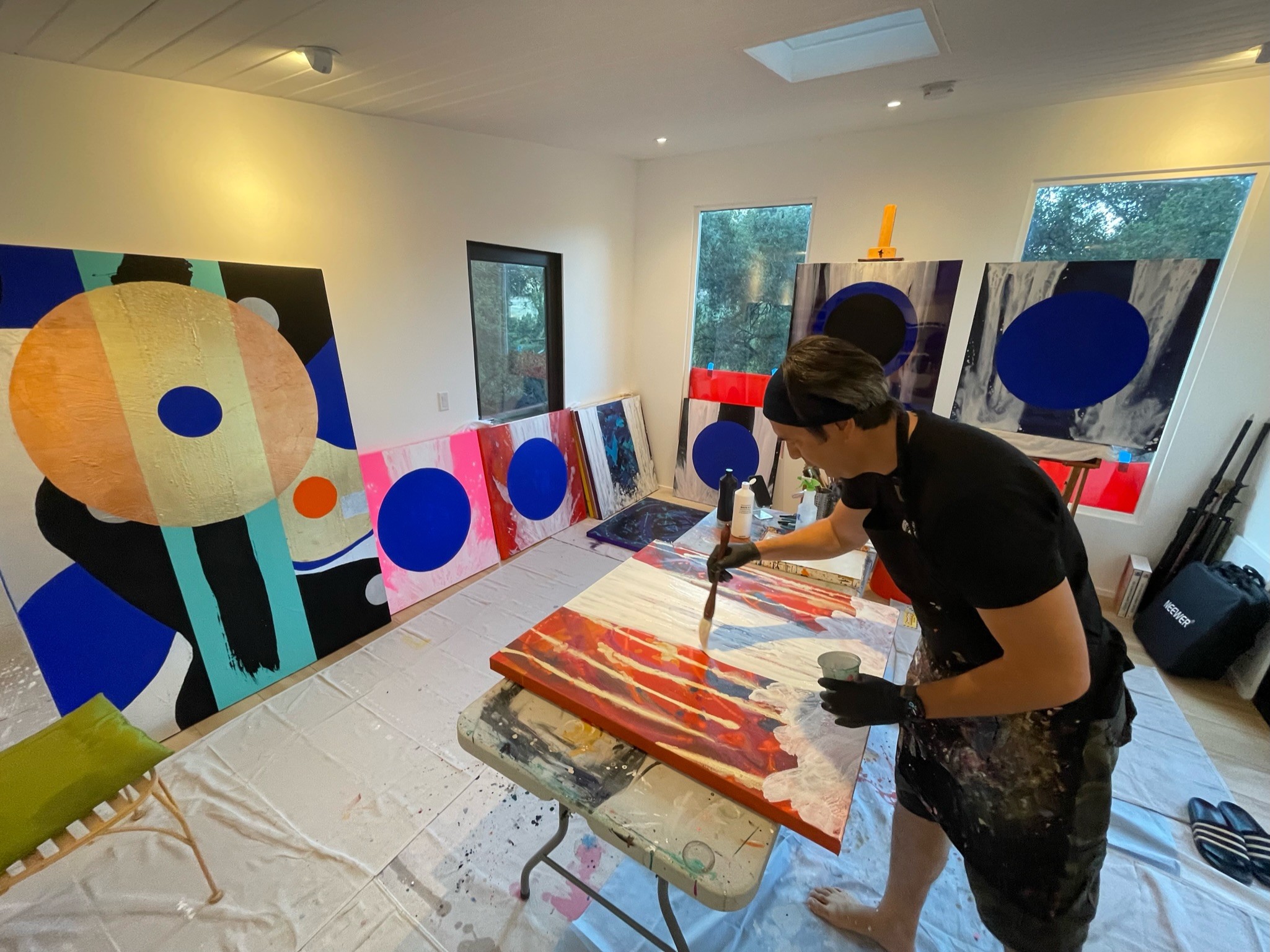
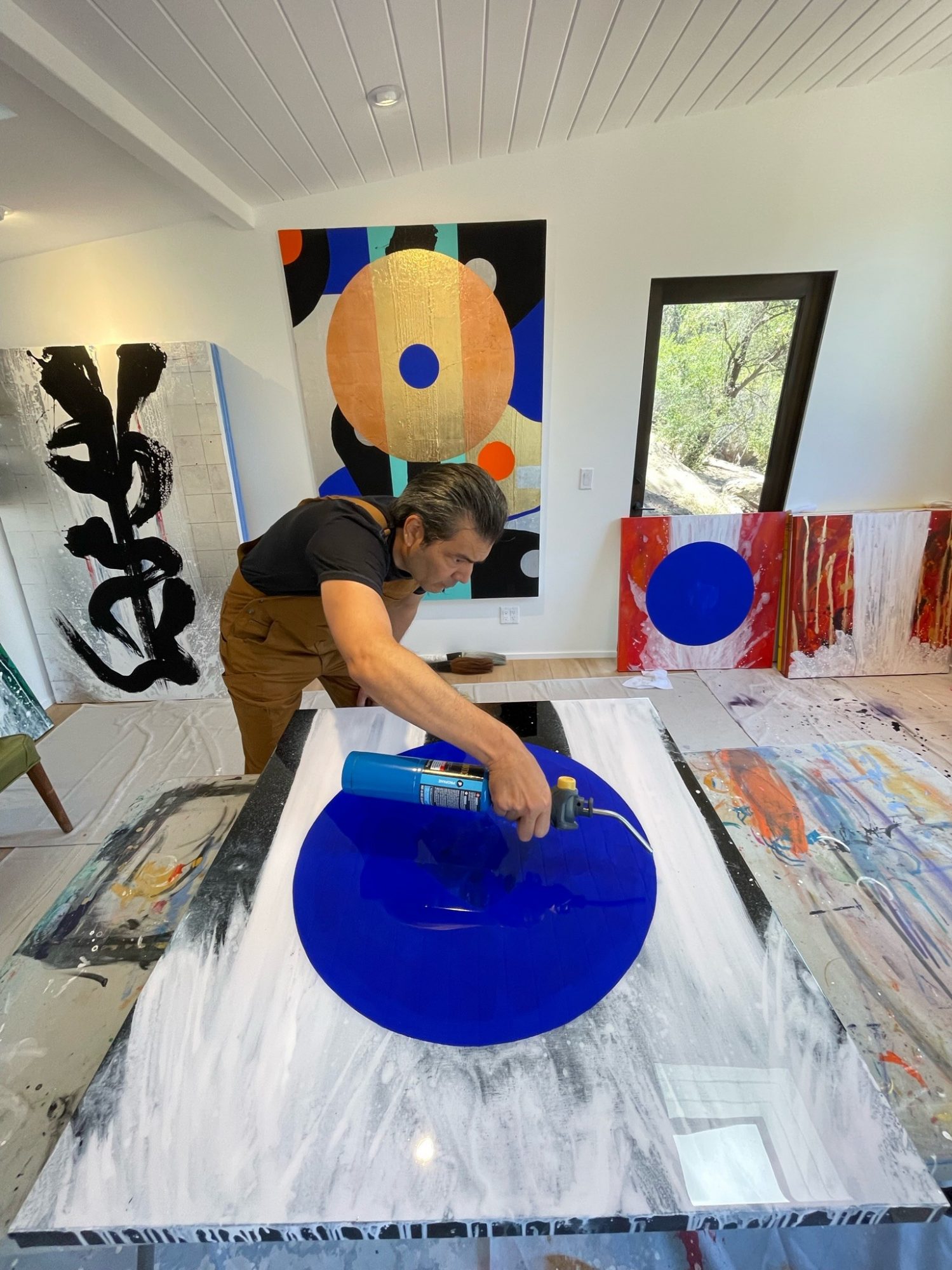

 Image Credits
Image Credits
Photo of John S. Couch (b/w portrait) by Grace Oh.

